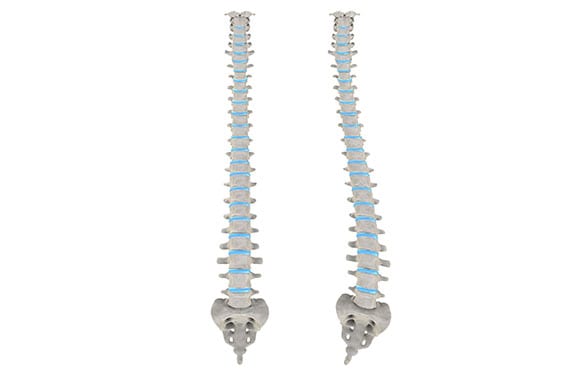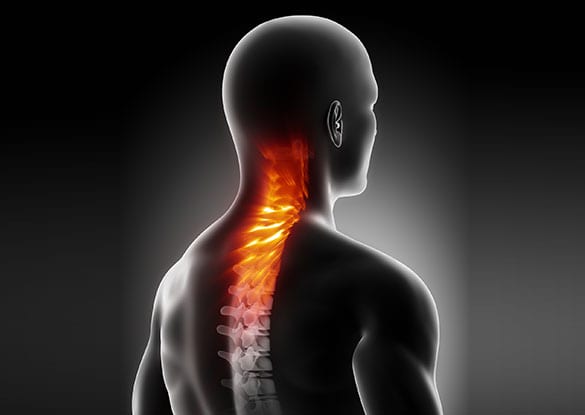
If non-surgical efforts are not treating your symptoms, it’s time to consider Spinal Fusion.
The basic purpose of spinal fusion is to stabilize the spine by “fusing” or joining together adjacent bones. It is the most commonly performed spine surgery in the United States.
- Spinal fusion is considered when a clear source of pain has been identified
- It is rarely an initial treatment option
- Fusion is effective for many patients who do not find relief from other efforts
CONTACT US TODAY
Why Spinal Fusion is Considered
Often performed on the lower back or neck, spinal fusion is usually done to restore stability to the spine after the removal of a disc or to minimize movement in a certain part of the backbone to keep nerve roots from being irritated.
A common reason for fusion surgery is damage to one or more of the spongy discs that cushion the spine due to some type of trauma, a spinal fracture, or degenerative disc disease (age-related wear). The procedure may also be recommended for patients with the following issues:
- Spondylolisthesis (slipped disc)
- Spinal stenosis
- Spinal tumor or infection
- Scoliosis


How It’s Done
Performed under general anesthesia, fusion surgery may be performed as a two-stage procedure. For instance, a discectomy (removal of all or part of a spinal disc) may be done first. If the spine is unstable, then a fusion may be done. The surgery may be done as traditional open procedure, or a minimally invasion variation like the XLIF procedure may be done.
A fusion may be done from the front, as is the case with an anterior lumbar interbody fusion. Posterolateral lumbar fusion and posterior lumbar interbody fusion and transforaminal interbody fusion are versions of the procedure performed from the back, or posterior, side.
All types of fusion surgery involve the use of bone graft material to bridge the gap between the vertebral segments after disc removal. Since it will take time for this material to harden and form new bone, hardware that includes screws, cages, plates, and rods will be used to stabilize the spine until the graft becomes solid.
Recovery from Spinal Fusion
While mobility will be reduced in the area of the spine that’s fused, it’s often limited to a small area and most patients can adjust to the change in movement during recovery. Immediately after surgery, pain medications and non-steroidal anti-inflammatory drugs (NSAIDs) are usually prescribed to ease discomfort as tissues heal. It may take 3-6 months or more for the fusion to fully develop. During this time, rehabilitation will take place to safely improve muscle strength and mobility. Recovery typically includes:
- Low-impact aerobic activities like walking or water-based exercises
- Gentle stretching exercises
- A gradual return to normal activities, including work-related tasks, with appropriate modification or precautions
- Dietary recommendations to help promote tissue healing with nutrient-rich foods
Some forms of fusion surgery incorporate minimally invasive techniques designed to minimize trauma to the spine as much as possible and reduce recovery times. There’s also research being done to explore new bone graft materials to further improve the patient experience. Artificial disc replacement procedures may be an acceptable alternative to fusion surgery for some patients. The procedure recommended will depend on the specific issue being treated, a patient’s overall health, and which part of the spine is affected.




